The 10 t/h aqua feed mill in Brazil project was originally a manufacturer that processes livestock and poultry feed, concentrated feed, premix, and extruded feed. Based on the prospects of aquatic feed and biological fermentation feed, the client company finally decided to invest US$3 million to expand the aqua feed factory.

The 10 t/h aqua feed mill in Brazil project builds 1 puffed fish feed production line, 1 shrimp feed production line, 1 fermented raw material production line and 1 fermented feed production line, with a production capacity of 70,000 tons (Fish feed processing 8t/h, shrimp feed processing 2.5-3t/h, fermented feed processing 1.5t/h, fermented raw material processing 300kg/h), supporting environmental protection projects, etc.
After the aqua feed factory expansion project is completed, the entire plant will have an annual output of 135,000 tons of various Plant aquatic products, livestock and poultry feed and feed additives.
Name:
Floating fish and shrimp feed plant
Country:
Brazil
Date:
December 2021
Capacity:
10 Tons Per Hour
Feed Pellet Size:
1-4 mm
The install period:
1.5 Years
Control Mode:
Automatic
Guiding Price:
US$3 million
This is a comprehensive feed mill project and also an aqua feed mill expansion project in Brazil.
The 10 t/h aqua feed mill in Brazil project was originally a manufacturer that processes livestock and poultry feed, concentrated feed, premix, and extruded feed. Based on the prospects of aquatic feed and biological fermentation feed, the client company finally decided to invest US$3 million to expand the aqua feed factory.
The 10 t/h aquatic feed mill in Brazil project covers a total area of 33367.96m2. The expansion project relies on the existing workshop and builds a new 5-story aquatic products workshop with a total construction area of 3674.35m2 in the existing factory area.
| Name | Annual output (t/a) (before expansion) | Annual output (t/a) (after expansion) |
| Poultry feed | 10000 | 10000 |
| Feed for pig | 18000 | 18000 |
| Extruded livestock and poultry feed | 1800 | 1800 |
| Concentrated feed | 6000 | 6000 |
| Premix | 6000 | 6000 |
| Shrimp feed | 3200 | 13200 |
| Extruded fish feed | 40000 | 80000 |
| Fermentation raw materials | / | 1300 |
| Fermented feed | / | 7000 |
Note:
Labor quota and work system
The main engineering contents of the 10 t/h aqua feed mill plant in Brazil project are detailed in the table below.
| Raw material receiving system | |
| Feeding port and fence | 1 |
| Pulse dust collector | 1 |
| Silencer | 1 |
| Fan | 1 |
| Scraper conveyor | 1 |
| Self-cleaning bucket elevator | 1 |
| Cylindrical primary cleaning screen | 1 |
| Scraper conveyor | 1 |
| Permanent magnet cylinder | 1 |
| Pulse dust collector | 1 |
| Rotary distributor | 1 |
| Permanent magnet cylinder | 1 |
| Rotary distributor | 1 |
| First coarse crushing system | |
| Crushing bin | 4 |
| Buffer bucket | 1 |
| Feeder | 1 |
| Wide micro grinder | 1 |
| Pulse dust collector | 1 |
| Fan | 1 |
| Silencer | 1 |
| Settling chamber | 1 |
| Material sealing auger | 1 |
| Self-cleaning bucket elevator | 1 |
| Fan | 1 |
| Pulse dust collector | 1 |
| Rotary distributor | 1 |
| Ingredients warehouse | 1 |
| Ingredients auger | 1 |
| Ingredients scale | 1 |
| Feeding port and fence | 1 |
| Mixer | 1 |
| Screw conveyor | 1 |
| Self-cleaning bucket elevator | 1 |
| First batching system | |
| Ingredients warehouse | 32 |
| Ingredients auger | 10 |
| Arch breaking and unloading machine | 2 |
| Air cannon arch breaking device | 2 |
| Broken arch ingredient auger | 2 |
| Ingredients scale | 3 |
| Pulse dust collector | 1 |
| Fan | 1 |
| Feeding port | 1 |
| Twin-shaft paddle mixer | 1 |
| Mixing buffer bucket | 1 |
| Scraper conveyor | 1 |
| Self-cleaning bucket elevator | 1 |
| Pulse dust collector | 1 |
| Fan | 1 |
| Permanent magnet cylinder | 1 |
| Scraper conveyor | 1 |
| Crushing bin | 2 |
| Buffer bucket | 1 |
| Feeder | 1 |
| Wide micro grinder | 1 |
| Pulse dust collector | 1 |
| Fan | 1 |
| Silencer | 1 |
| Settling chamber | 1 |
| Material sealing auger | 1 |
| Permanent magnet cylinder | 1 |
| Pulse dust collector | 1 |
| Fan | 1 |
| Permanent magnet cylinder | 1 |
| Ultrafine grinding system | |
| Ultra-fine crushing bin (12 cubic meters/unit) | 3 |
| Air cannon arch breaking device | 3 |
| Ultrafine grinder | 4 |
| Paddle type unloader | 4 |
| Pulse dust collector | 4 |
| High pressure blower | 4 |
| Silencer | 4 |
| High square sieve | 4 |
| Conveying auger | 4 |
| Second batching mixing system | |
| The second batching warehouse (12m³/piece) | 5 |
| Air cannon arch breaking device | 5 |
| Ingredients auger | 5 |
| Ingredients scale (1000KG/P) | 2 |
| Pulse dust collector | 2 |
| Fan | 2 |
| Feeding port | 2 |
| Twin-shaft paddle mixer (1000KG/P) | 2 |
| Mixing buffer bucket | 2 |
| Scraper conveyor | 2 |
| Unpowered pulse dust collector | 2 |
| Self-cleaning bucket elevator | 2 |
| Pulse dust collector | 2 |
| Fan | 2 |
| Permanent magnet cylinder | 2 |
| Buffer bucket (4m3/piece) | 1 |
| Conveying auger | 1 |
| High square sieve | 1 |
| Conveying auger | 1 |
| Fish feed puffing and drying system | |
| Warehouse to be puffed (15m3/piece) | 2 |
| Air cannon arch breaking device | 2 |
| Out of warehouse auger | 2 |
| Vertical feeder | 1 |
| Dual-shaft differential conditioner | 1 |
| Conditioner | 1 |
| Floating fish feed machine | 1 |
| Density controller | 1 |
| Extruder water adding system | 1 |
| Extruder steam system | 1 |
| Settling tank and pipe (1 cubic meter) | 1 |
| Dehumidification air network system | 1 |
| Fan | 1 |
| Cyclone dust collector (900) | 1 |
| Drying box | 1 |
| Wind network system | 1 |
| Silencer | 1 |
| Cyclone Dust Collector (1800) | 1 |
| Self-cleaning bucket elevator | 1 |
| Flat rotary grading screen | 1 |
| Puffed fish feed spraying and cooling system | |
| Cooler (28X28) | 1 |
| Wind network system | 1 |
| Silencer | 1 |
| Fan | 1 |
| Cyclone dust collector (50-Φ1800) | 1 |
| Warehouse to be sprayed | 1 |
| Vacuum spraying machine | 1 |
| Vacuum spraying machine refueling system | 1 |
| Self-cleaning bucket elevator | 1 |
| Puffed fish feed packaging system | |
| Finished product warehouse | 1 |
| Distributor | 1 |
| Finished product drawer sieve | 1 |
| Buffer bucket | 2 |
| Packing scale | 1 |
| Belt sewing conveyor | 1 |
| Fan | 1 |
| Pulse dust collector | 1 |
| Shrimp feed pelleting cooling system | |
| Silo to be granulated | 1 |
| Air cannon arch breaking device | 1 |
| Broken arch feeding tube | 1 |
| Frequency conversion stainless steel feeder | 1 |
| Dual-shaft differential conditioner | 1 |
| Preserver | 1 |
| Conditioner | 2 |
| Shrimp feed pellet machine | 1 |
| Post-aging machine | 1 |
| Wind network system | 1 |
| Cyclone | 1 |
| Fan | 1 |
| Silencer | 1 |
| Cooler | 1 |
| Self-cleaning bucket elevator | 1 |
| Flat rotary grading screen | 1 |
| Granular shrimp feed packaging section | |
| Finished product warehouse | 2 |
| Distributor | 2 |
| Drawer sieve | 1 |
| Pulse dust collector | 1 |
| Fan | 1 |
| buffer bin | 1 |
| Packing scale | 1 |
| Belt sewing conveyor | 1 |
| Shrimp feed crumbling and packaging system | |
| Permanent magnet cylinder | 2 |
| Buffer bin | 1 |
| Distributor | 1 |
| Crusher (special for shrimp feed) | 2 |
| Self-cleaning bucket elevator | 1 |
| Rotary distributor | 1 |
| High square sieve | 3 |
| Finished product warehouse | 3 |
| Pulse dust collector | 1 |
| Fan | 1 |
| Buffer bucket | 2 |
| Fully automatic packaging scale | 2 |
| Belt sewing conveyor | 2 |
| Powder recycling section | |
| Return to the powder bin (3 cubic meters) | 3 |
| Conveying auger | 1 |
| Return material feeding port | 1 |
| Self-cleaning bucket elevator | 1 |
| Scraper conveyor | 1 |
| Garbage dump | 1 |
| Auxiliary section | |
| Fish slurry adding liquid storage tank machine feeding scale device | 1 |
| Fish slurry weighing device | 1 |
| Fish oil adding liquid storage tank machine feeding scale device | 1 |
| Soybean oil adding liquid storage tank machine feeding scale device | 1 |
| Phospholipid oil adding liquid storage tank machine feeding scale device | 1 |
| Secondary mixed grease weighing device | 1 |
| Water adding liquid storage tank machine feeding scale device | 1 |
| Scale water addition system | 1 |
| Air compressor | 2 |
| Gas tank filter | 2 |
| Three stage filter | 4 |
| Air dryer | 2 |
| Device name | QTY |
| Feeding port (1.2×1.5) | 1 |
| Dust removal system (pulse bag dust collector) | 1 |
| Fan (3500m3/h) | 1 |
| Bucket elevator | 1 |
| Screw conveyor | 1 |
| Material level indicator | 4 |
| Raw material warehouse (6m3/warehouse, 4m3/warehouse) | 4 |
| Ingredients screw conveyor (TLSS·20/TLSS·12) | 4 |
| Stirring mixer (SLHJ3.0) | 1 |
| Hopper (3m3) | 2 |
| Bacteria storage tank | 1 |
| Fermentation tank (20×3.5×2.5m) | 3 |
| Forklift | 3 |
| Stainless steel feed hopper | 1 |
| Dryer | 1 |
| Counter flow cooler | 1 |
| Fan (4000m3/h) | 1 |
| Spray tower | 1 |
| Finished product warehouse (6m3/warehouse) | 1 |
| Automatic packaging platform | 1 |
| Bag sewing machine | 1 |
| Device name | QTY |
| Bacteria batching and metering system (5.5KW) | 1 |
| Bacteria liquid adding system | 1 |
| Pellets batching and mixing system | 1 |
| Packaging measurement system | 1 |
| Electrical control system | 1 |
The main raw and auxiliary materials of this 10 t/h aqua feed mill in Brazil project are detailed in the table below:
| Name | Consumption (t) (before expansion) | Consumption (t) (after expansion) | Specification |
| Soybean meal | 35088 | 55728 | 25kg, bagged |
| Corn | 17850 | 28350 | 25kg, bagged |
| Flour | 12920 | 20520 | 25kg, bagged |
| Chicken powder | 510 | 810 | 25kg, bagged |
| Fishmeal | 340 | 540 | 25kg, bagged |
| Other additives (mainly salt, lime powder, flavors, amino acids, vitamins, etc.) | 5100 | 8386 | 25kg, bagged |
| Grease | 2210 | 3510 | 20-30 tons, oil canned |
| Bran | 5950 | 10360 | 25kg, bagged |
| Rice bran | 4760 | 7560 | 25kg, bagged |
| Miscellaneous meal | / | 910 | bagged |
| Strain | / | 92 | 20KG/bag |
After the expansion and operation of this 10 t/h aqua feed mill in Brazil project, the main energy consumed will be water, electricity, and boiler steam. The construction relies on the company's existing public and auxiliary projects.
| Production line name | Product name | Annual output (t) | Steam consumption(kg/t) | Maximum daily steam consumption (t) |
| 2 livestock feed production lines | chicken and duck feed | 10000 | 50~80 | 2.7 |
| Pig pellets | 18000 | 50~80 | 4.8 | |
| 1 concentrated feed production line | Concentrated feed | 6000 | 50~80 | 1.6 |
| 1 premix production line | premix | 6000 | 50~80 | 1.6 |
| Shrimp feed production line 1 | shrimp feed | 3200 | 200~250 | 2.7 |
| 1 expanded aquatic feed production line | Puffed fish feed | 40000 | 500~600 | 80 |
| 1 extruded livestock feed production line | Puffed livestock and poultry feed | 1800 | 500~600 | 3.6 |
| 1 shrimp feed production line | shrimp feed | 10000 | 200~250 | 8.3 |
| 1 expanded aquatic feed production line | Puffed fish feed | 40000 | 500~600 | 80 |
| 1 fermentation raw material production line | Fermentation raw materials | 13000 | 40~50 | 2.2 |
As can be seen from the table above, after the 10 t/h shrimp fish aqua feed mill in Brazil project is implemented, the maximum daily steam volume will be 187.4t, and the maximum hourly steam volume will be 11.7t.
The existing 15t/h biomass-fired steam boiler gas supply capacity in the plant can satisfy the entire plant after the expansion project is put into operation. Boiler steam supply requirements.
The connection between equipment layout and 10 t/h Brazil aqua feed mill process flow is basically reasonable, the building structure is basically complete, and can meet the production process requirements.
All processes in the production workshop are reasonably arranged and sufficient space is reserved to ensure smooth transportation of feed.
The biological feed of this 10 t/h aqua feed mill in Brazil project uses soybean meal, corn DDGS, flour, chicken meal, etc. as the main raw materials, and is combined with trace ingredients such as vitamins, amino acids, and minerals to make granular feed. The project adopts the process of first crushing and then batching.
The raw and auxiliary materials that need to be crushed (soybean meal, corn DDGS, rice bran) are crushed by the crusher respectively, enter the batching bin, and are mixed with other raw and auxiliary materials that do not need to be crushed (fish meal, flour, etc.) The machine performs mixing, puffing and granulation processes to produce feed products.
The production process of the puffed fish feed production line and the shrimp feed production line of this 10 t/h aquatic feed plant in Brazil project are basically the same. Except that the feed of the puffed fish feed line needs to be puffed and sprayed with grease, only the ratio of raw and auxiliary materials is different.
The main processes are briefly described as follows:
The production process of the fermentation raw material production line is as follows:
Brief analysis of process flow:
The semi-finished product raw materials are put into the raw material warehouse. The bacteria and water are automatically weighed and entered into the water distribution scale and mixed evenly. The raw materials enter the vacuum tank for mixing.
The bacteria liquid is automatically entered into the vacuum tank from the water distribution scale for mixing. After the mixing is completed, the materials are sent to the finished product warehouse by the conveyor belt. The finished product is packed on a scale and fermented in a cool place for three days.
It is worth highlighting the enviable resilience of Brazilian feed companies in face of dwindling increase in labour productivity, low economic growth, contraction of supply due to the scarcity of inputs and concerning exchange rate. They overcome these obstacles and continue to manage high costs and supply producers.
The production of feed for fish and shrimp totalled 1.4 million tonnes in Brazil last year. An atypical colder climate also reduced Brazilian consumption for those products during the months between September and October. Even so, a moderate recovery should take place in the last months of the year and allow feed demand to increase around 8% in the whole year.
Brazilian aquaculture production could reach 10 million tons annually, given the country’s favourable climate, availability of fresh water, the extent of the coastline and its millions of hectares of lakes and reservoirs.
As one of the countries with the fastest growing aquatic feed processing scale in South America, Brazil is developing aquaculture and aquatic feed processing at a very impressive growth rate.
If you want to start livestock feed production, poultry feed production or aqua feed mill in Brazil, feel free to contact Richi Machinery for design and quotations.
Having the right mix of reliable, high-quality pellet machine and pelletizing systems and expert support is essential to your success. Watch how our end-to-end feed pellet plant solutions have helped our customers optimize their performance.
Our customized and future-proofed turnkey pellet plant solutions is designed with you at the core. From vision to reality and beyond, our team stays connected with yours. Giving you peace-of-mind with an expert at your side.
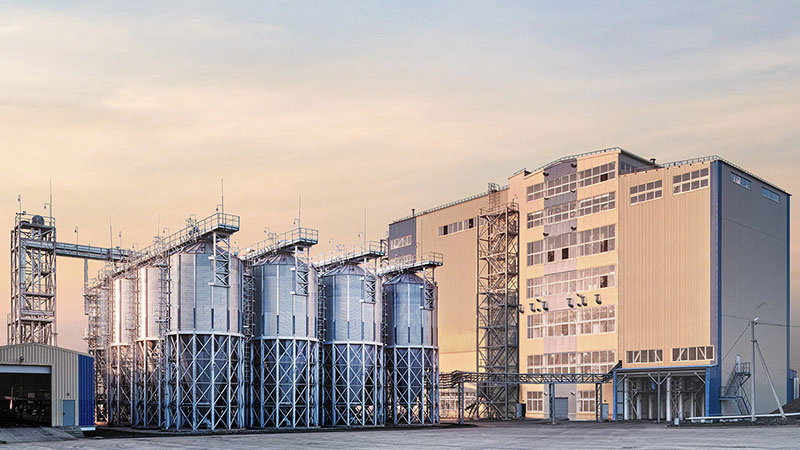
At RICHI, we go beyond project completion. With RICHI Servicee, we’re your dedicated partners in success. Count on us for expert guidance, minimal downtime, and optimized productivity. Choose RICHI for unmatched service and support.
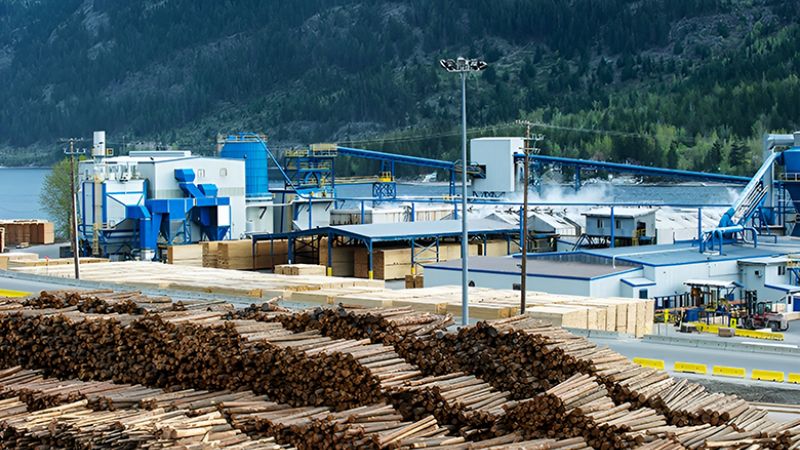
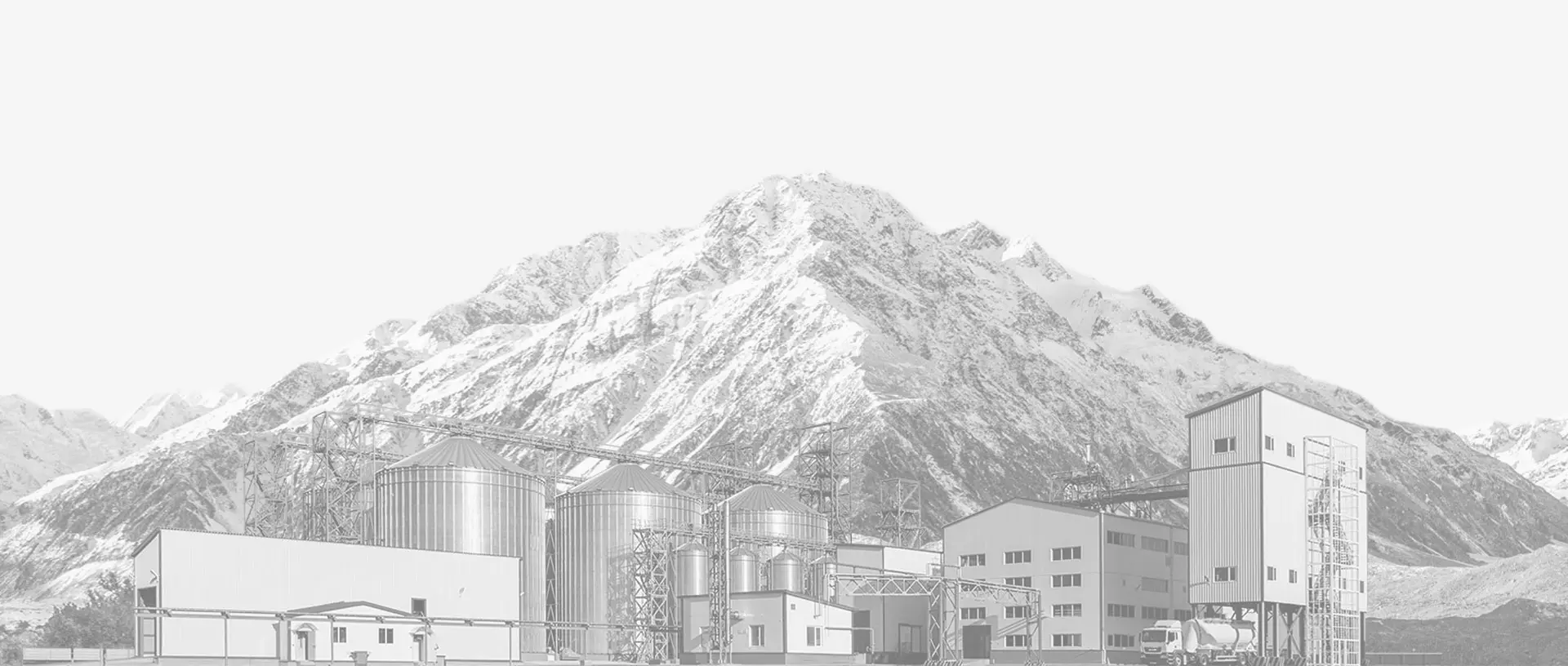

Meet global product demands and quality standards with industry-leading pellet plant design, engineering, equipment, and construction services for pellet processors.
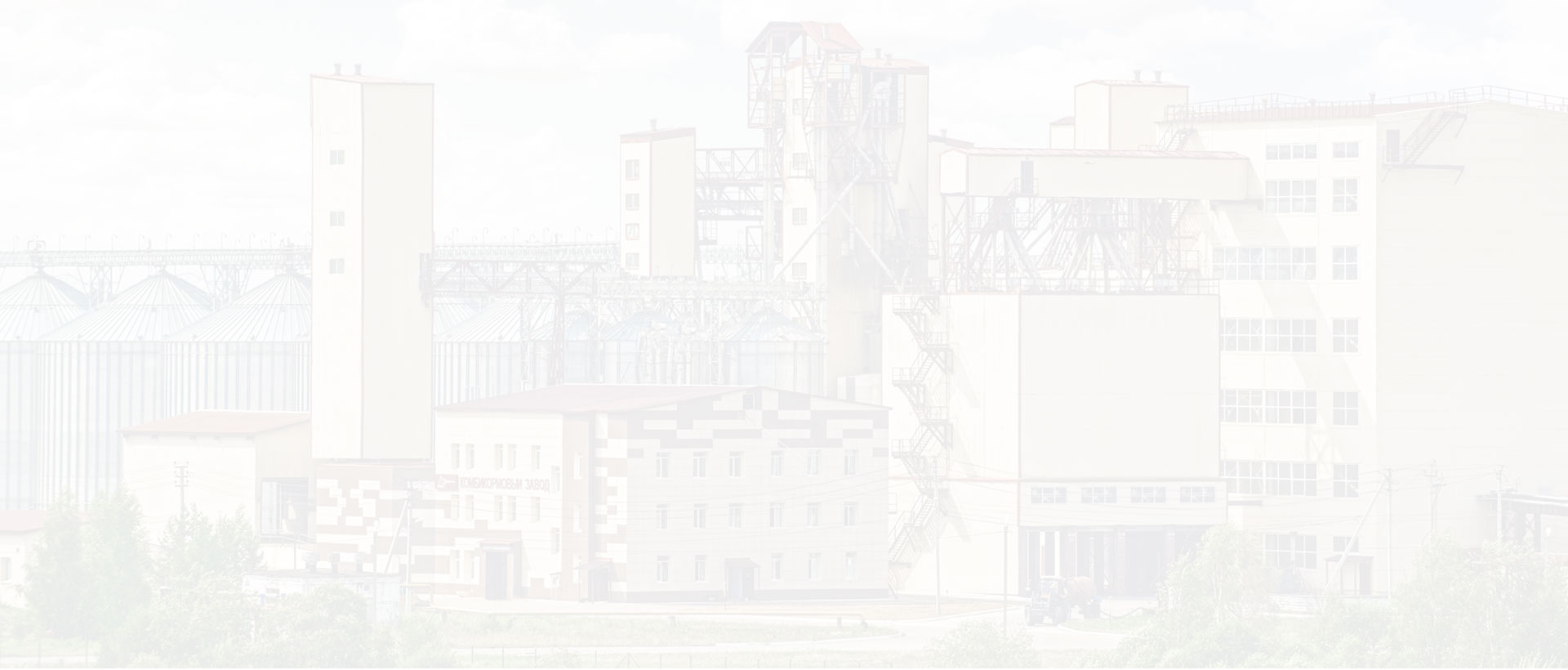
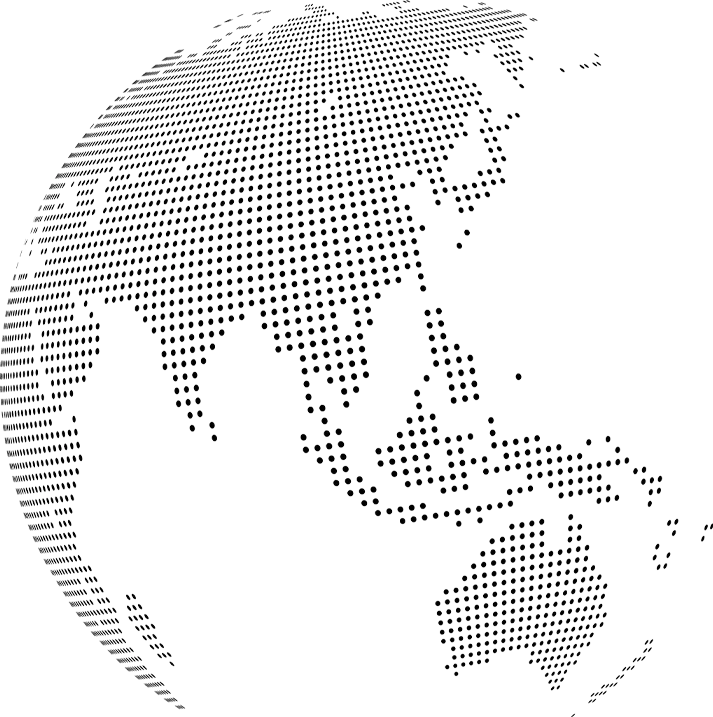
Your Partner Beyond Project Completion
2000+ cases
RICHI is the leading designer, manufacturer and builder of pellet plants in the world, completing over 2000 projects in 140 countries across 6 continents.
Read More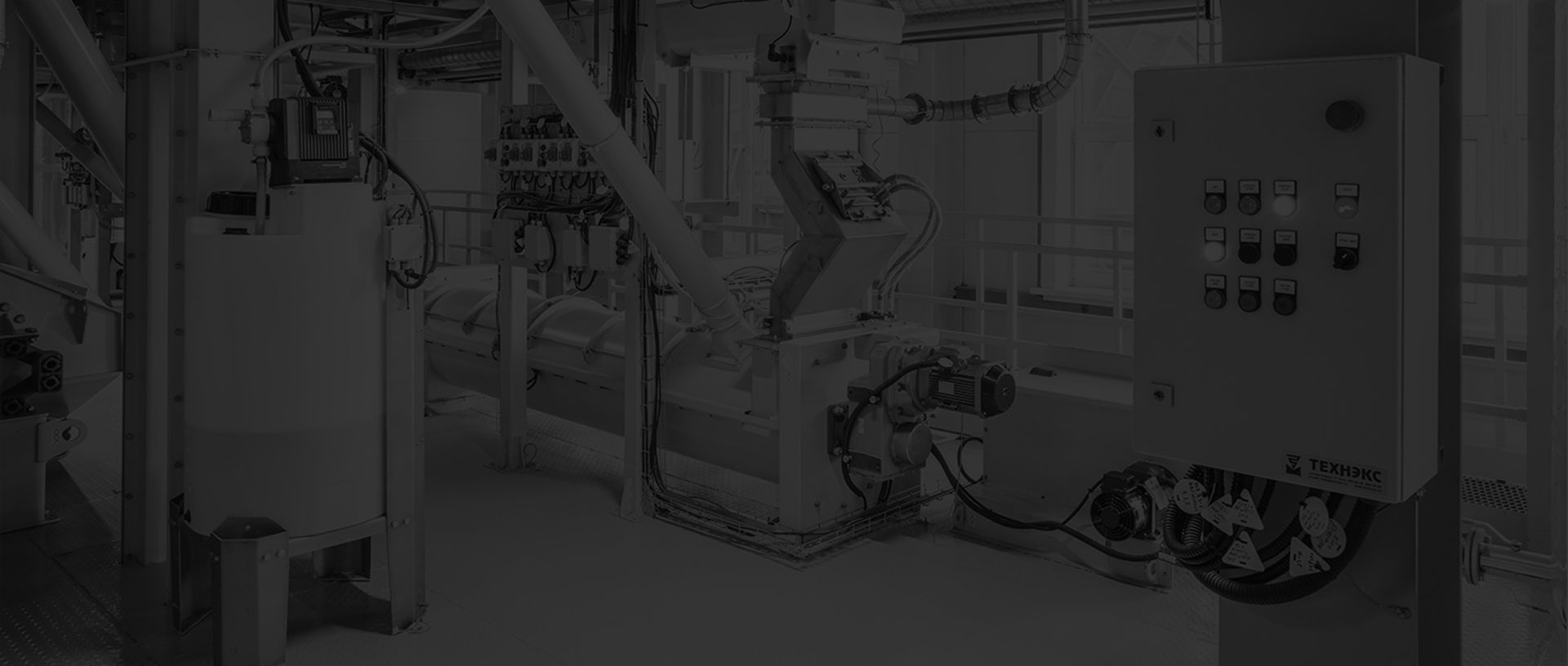
Increase plant productivity, profitability, and safety by integrating high quality equipment into your pellet production line. Over the years, RICHI has become China's top pellet equipment manufacturer. At the same time, RICHI has established valuable partnerships with the world's leading component and raw material manufacturers to bring you the best there is in technology, automation, and efficiency in pelleting plant machinery.
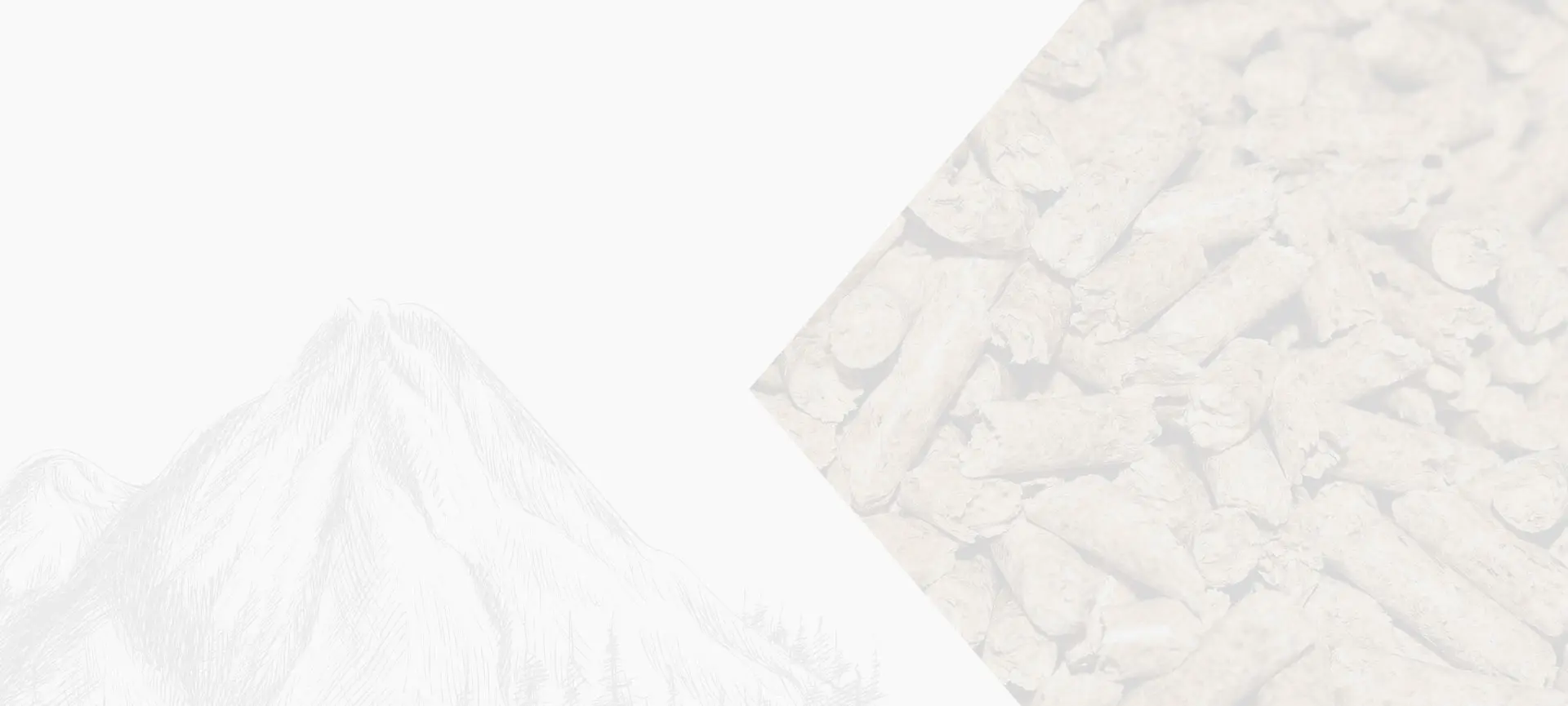
For nearly 30 years, RICHI has been providing best-in-class pellet plant equipment and services to clients across a variety of industries, sizes, and needs. We pride ourselves on the knowledge and skill that each team member possesses – from our technical sales team to our process design engineers. You can count on RICHI Machinery to take your operation to the next level of innovation, quality, and success.
Need help with your pellet manufacturing plant project? Contact us today.
ANIMAL FEED
BIOMASS
WOOD
ORGANIC FERTILIZER
AQUA FEED
CAT LITTER
MUNICIPAL WASTE RECYCLING
SPECIAL PELLET PRODUCTION
RICHI Machinery continues to deliver world class pellet mill equipment, pellet plant engineering and project solutions that add value to our customers in the animal feed, wood waste, agriculture waste, organic fertilizer, cat litter and special pellet products industries. Throughout the years, we RICHI Machinery have built strong brand, becoming industry-leading pellet machine manufacturer. We value integrity, promise quality, and prioritize your success.
Learn MoreWith our expert team, we precisely implement your process engineering requirements in pellet mill and pelletizing plant systems. No matter which industry you’re in – we understand your needs and deliver solutions that meet the highest standards.
At RICHI, quality comes first. Our pellet making machine and related pellet line equipment undergo rigorous quality controls to ensure they meet the highest standards. Rely on products that are durable, safe, and efficient.
With decades of experience in pellet machine and pellet production line production, we have earned a reputation as a trusted partner in various industries. Our expertise allows us to cover a wide range of applications.
Not only do we offer premium pelleting equipment, but we are also experts at designing, building, installing, and maintaining facilities from the ground up. Our expertise is within pellt plant process design, discovering the most efficient, productive, and profitable way to handle your materials in an end-to-end cycle.

Keeping in touch with us is an effective way to solve all your problems. If you have any needs or questions, please leave your contact information, then RICHI technical consultants will send design, quotation, videos to your mailbox. You can also contact us directly via WhatsApp: +86 13838389622
Copyright©2015-2024 by HENAN RICHI MACHINERY CO., LTD. All rights reserved.